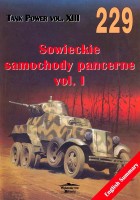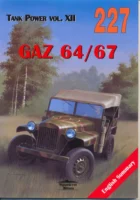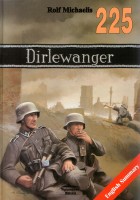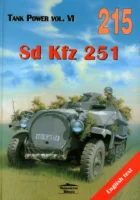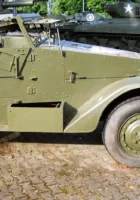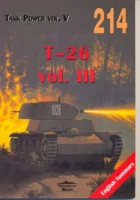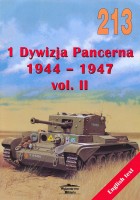The 36th SS division of so-called grenadiers SS Sturmbrigade Dirlewanger était l’une des 38 divisions de Waffen-SS durant la Seconde Guerre mondiale.
Elle fut, avec la Brigade Kaminski, la plus impitoyable division SS de la guerre.L’unité est tout d’abord constituée de braconniers allemands afin d’en exploiter les compétences pour “traquer” les partisans à l’arrière du front russe. Puis, en 1941, lorsqu’Oskar Dirlewanger, its original commander, was ordered to secure the rear of the eastern front, the troop was reinforced by prisoners of the Soviet army.
Then, as the war progressed, the Sondereinheit (special unit) became a battalion, then a brigade, and finally a division by recruiting former concentration camp inmates among the ordinary or political prisoners as well as German soldiers from the Wehrmacht and the condemned SS. The latter two categories will make up the majority of the workforce. Therefore, it is accepted that it is a disciplinary unit. The profiles of the soldiers being unsym healthy from the outset, this explains why, from the outset, the men of the brigade will commit a difficult number of atrocities, at the back of the front, especially in Belarus, in activities of stalking and repression.
Source: Dirlewanger sur Wikipedia
